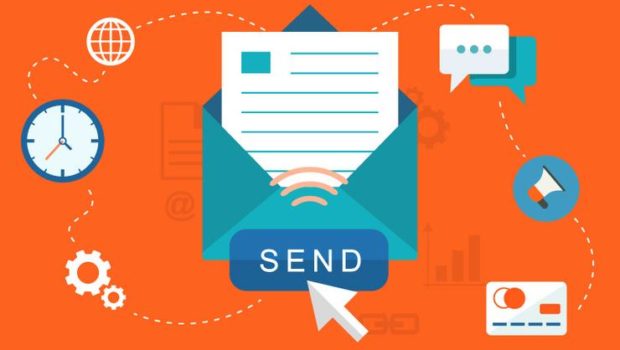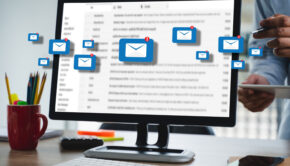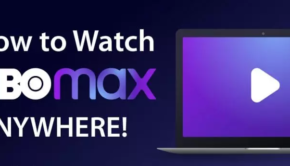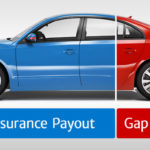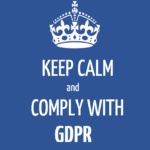Do Cold Emails Work in 2021?
Cold email marketing sounds like a blast from the past. Some marketers would go as far as to say that cold emails are just plain annoying and won’t work for your email marketing strategy.
Yes, cold emails may sound terrifying at first, but it’s only because of the years of non-segmented email campaigns and tacky, spammy messages. In all fairness, cold email marketing is a handy tool that you need to use when looking for leads, engaging in influencer marketing or even job hunting.
But how are you going to make this versatile technique work for you?
Why You Need Cold Emails
Let’s get this straight first. Cold emails are a thing, and they’re pretty effective in 2021. What they are not, is spam.
Spam, after all, began because of the improper use of cold emails. So, it’s all about the decisions a marketer will make: From choosing between countless email marketing platforms to using the methods on building an email list that make sense, some staples make cold emails useful:
- Creating an offer that entices people and gets them to sign up in the first place
- Providing the user with a personalized message
- Being timely and relevant
- Providing a way out (i.e., an unsubscribe button right where subscribers can see it)
Cold emails are a staple for a number of reasons, but two reasons make them worth the effort: Brilliant networking and powered-up lead generation.
Through cold emails, marketers can reach prospects and introduce them to the brand’s services, offers, anything that could interest them that has to do with the brand itself. It doesn’t have to be an email that’s straight out of the pages of your sales strategy notes. It could be a “get to know the brand” email that will warm the prospect up to the idea of contacting you and opening a dialogue, just enough. And this makes for beautifully made networking.
Now, as for lead generation. Each cold email can generate a lead that will end up loving your writing style and wanting to hear more about you. This lead will, eventually, move further down the funnel and up to the point where it’s set and ready to be contacted by a sales rep.
All in all, cold emails are essential and can help a business move forward if the marketer in charge uses best practices and allows subscribers to opt-out in a way that is evident in the email itself.
The alternative to that is being flagged as spam, which can harm your deliverability rates more than you’d think.
The Email Itself
What does a cold email look like? What are the elements that make or break a cold email? How could anyone love it in 2021, amidst all the social media and influencer audit madness?
A Brilliant Subject Line
The subject line is the first point of contact. The first glimpse into what your brand has to offer. And, eventually, the first element that will make or break your cold email strategy.
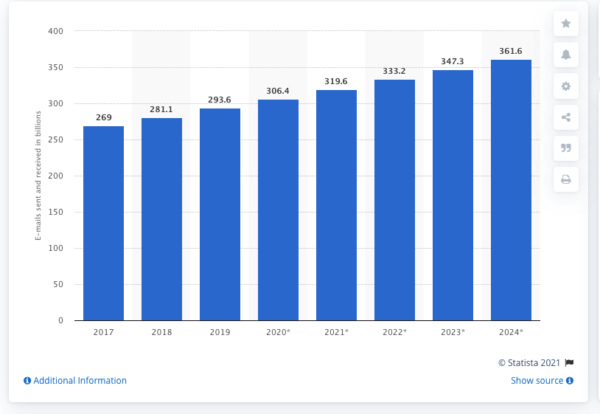
The graph above shows just how difficult it is to stand out in a full inbox. The high number of emails exchanged is the reason why you need to write a subject line that will be straight, to the point, and cryptic – but just enough to make the prospect open the email.
When it comes to subject lines, even cold emails need a little personalization. It will create a very enticing feel – almost like a friend is talking to your prospect.
Luckily, in this day and age, most – if not all – email marketing automation tools provide users with personalization options built into their platforms. That way, marketers are able to create emails that seem to have been drafted for each individual, specifically.
Being short, informative and non-promotional also gets the job done, as well as getting straight to the point. Instead of using subject lines like “Special offer for members only!!”, opt for “Would you like a sweet deal?”. It’s much more subtle and will score you an affirmative answer – and many small “Yes” s is what you need.
A Small Body Copy
Since we’re talking about a cold email, you need to keep it simple, to the point, without intricate color patterns that steal the reader’s attention.
You see, a person’s attention span grows shorter each passing day, and you need to hook prospects enough to entice them. So, make sure to keep things straightforward but exciting at the same time.
Start off by introducing yourself. What is your name? What is your brand’s name? What does it do for others that could work for your prospect as well? Make sure to include a short sentence with your brand’s mission statement.
Now, state your purpose. Why are you emailing this person? Why would they need your services and not a competitor’s? How is your mission statement reflected in the purpose of your email?
Lastly, thank them and let them know how they can reach you, should they find your offer to be enticing.
Personalization plays a huge part here as well. Opening an email with “Hello Client”, a bland “Hello” or the old-fashioned “Dear Sir/Madam” won’t do nowadays.
Always use the prospect’s name and always make sure to use an element that would interest the prospect in the body copy.
For example, let’s say that you are reaching out because you saw that prospect checked out your brand on LinkedIn, amongst other things or that they have used your website’s live chat. It would be preferable to mention that in your email rather than write something generic.
After all, cold emailing doesn’t mean “Recite a pitch and get on with it”. It just means that you’re not emailing an existing prospect.
Perfect Timing and Following Up
Sending the perfect cold email is a little bit like early blogging: It can be fantastic and get you a lot of conversion if done right, and it can be a real catastrophe if you do a sloppy job.
And much like uploading the perfect post at the ideal time, your prospects need to receive the cold email at a specific point in time. When it’s timely and relevant, that is.
The time of day could make a world of difference.
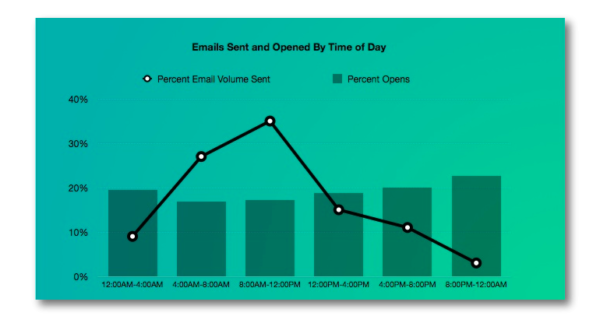
As you can see in the statistic above, your best shot at an email is around 10-11 AM, since most people open most of their emails at that time of day. Sending an email at just the right time increases the chances that you unlock the first achievement: The email open.
On the other hand, it looks like you should avoid sending emails after 8 PM. They’ll sit in the recipient’s inbox and give you zero results.
Also, it would be best if you were mindful of the days of the week. If you’re going for a cold email with a business proposal, for example, steer clear of weekends. No executive will deal with work issues at that time.
Of course, being mindful of the best days and times to send your email is not a be-all-end-all. While it will inevitably boost your chances at conversion, it won’t work miracles if you just set it and forget it.
Not following up with a cold email is probably a big email marketing mistake. Especially since every marketer knows there is a good chance that their cold email will get buried under some other emails or will eventually be forgotten.
Remember, people have a short attention span nowadays, seeing as there is brilliant content produced everywhere. You will need to follow up with your proposal or networking effort.
Make sure that your follow-up email has an actionable subject line and is easy to connect with your original email – you don’t need your prospect to be working too hard to understand who you are.
What is more, you need to keep an additional thing in mind: Some prospects don’t find any use for your cold email because they see no value in your offer. Your follow-up email is the place where you can up the ante and showcase some additional value.
All in All
Emails are on the rise, especially with the pandemic raging on. And when it comes to positions of power, networking and closing big deals, people prefer the written word over anything else.
Email marketing has come a long way since the days of spam emails and email blasts that served nobody in the end. Approach the right people, make sure to showcase your offer in a clear and concise manner and write the email having the person reading it in mind: A CEO will see value in one thing while a CFO will focus on a different thing. Make sure to create email copy that entices them both.
That way, your cold email marketing campaign won’t feel so cold and they’ll be enticed enough to be led further down the funnel. It’s a win-win!

